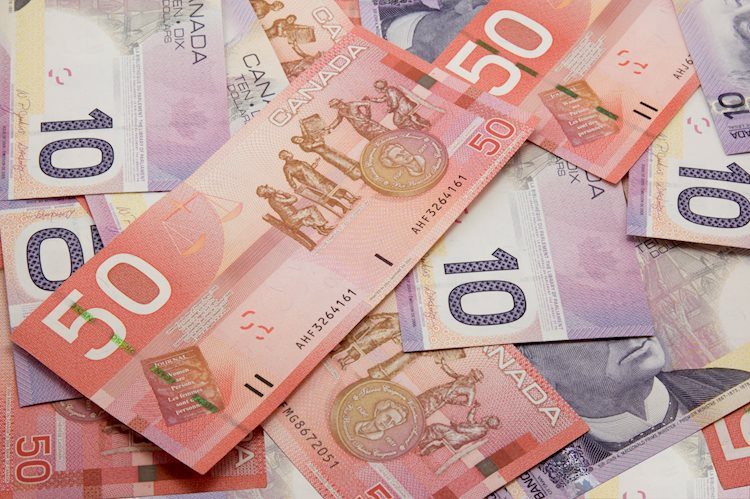The Canadian Dollar has weakened after the release of lower-than-expected inflation data in June, indicating a higher likelihood of the Bank of Canada reducing interest rates in July. In contrast, the US Dollar has strengthened following positive US Retail Sales data, pushing the USD/CAD pair higher within its range.
After the release of the Canadian Consumer Price Index (CPI) data for June, the USD/CAD pair has broken above the 1.3700 level. The easing of inflationary conditions in Canada has raised speculation that the Bank of Canada may cut its key interest rate at the upcoming policy meeting on July 24. This comes after the Bank had already reduced the interest rate to 4.75% in June.
Lower interest rates generally lead to a currency depreciation as they reduce foreign capital inflows. The Canadian Dollar is losing ground against the US Dollar following the release of the CPI data, while the USD itself is gaining strength in most pairs following the positive US Retail Sales data announcement around the same time.
The Canadian Dollar has weakened after the Canadian CPI data for June showed a decline of 0.1% month-over-month, missing expectations of a 0.1% increase. On a yearly basis, CPI rose by 2.7% in June compared to the previous month’s 2.9% gain. Core CPI also rose by 0.1% compared to 0.3% previously. The Bank of Canada’s Core CPI increased by 1.9% year-over-year in June from 1.8% previously.
On the other hand, the US Dollar has strengthened against the Canadian Dollar following the release of the Retail Sales data for June, which met or exceeded economists’ expectations. The resilience of the US economy as indicated by the positive Retail Sales figures has supported the Greenback. Retail Sales rose by 0.0% in June, matching expectations and falling slightly below May’s revised 0.3% increase. Retail Sales ex Autos rose by 0.4% in June compared to a 0.1% estimate. The Retail Sales Control Group, a more accurate measure of sales, showed a 0.9% increase in June from 0.4% in May.
In conclusion, the Canadian Dollar has weakened against the US Dollar after the lower-than-expected Canadian inflation data for June, raising expectations of a potential interest rate cut by the Bank of Canada in July. Meanwhile, the US Dollar has gained strength following positive Retail Sales data, reflecting the resilience of the US economy. The exchange rate between the USD and CAD is likely to continue being influenced by economic data releases and central bank policies in the upcoming period.





















